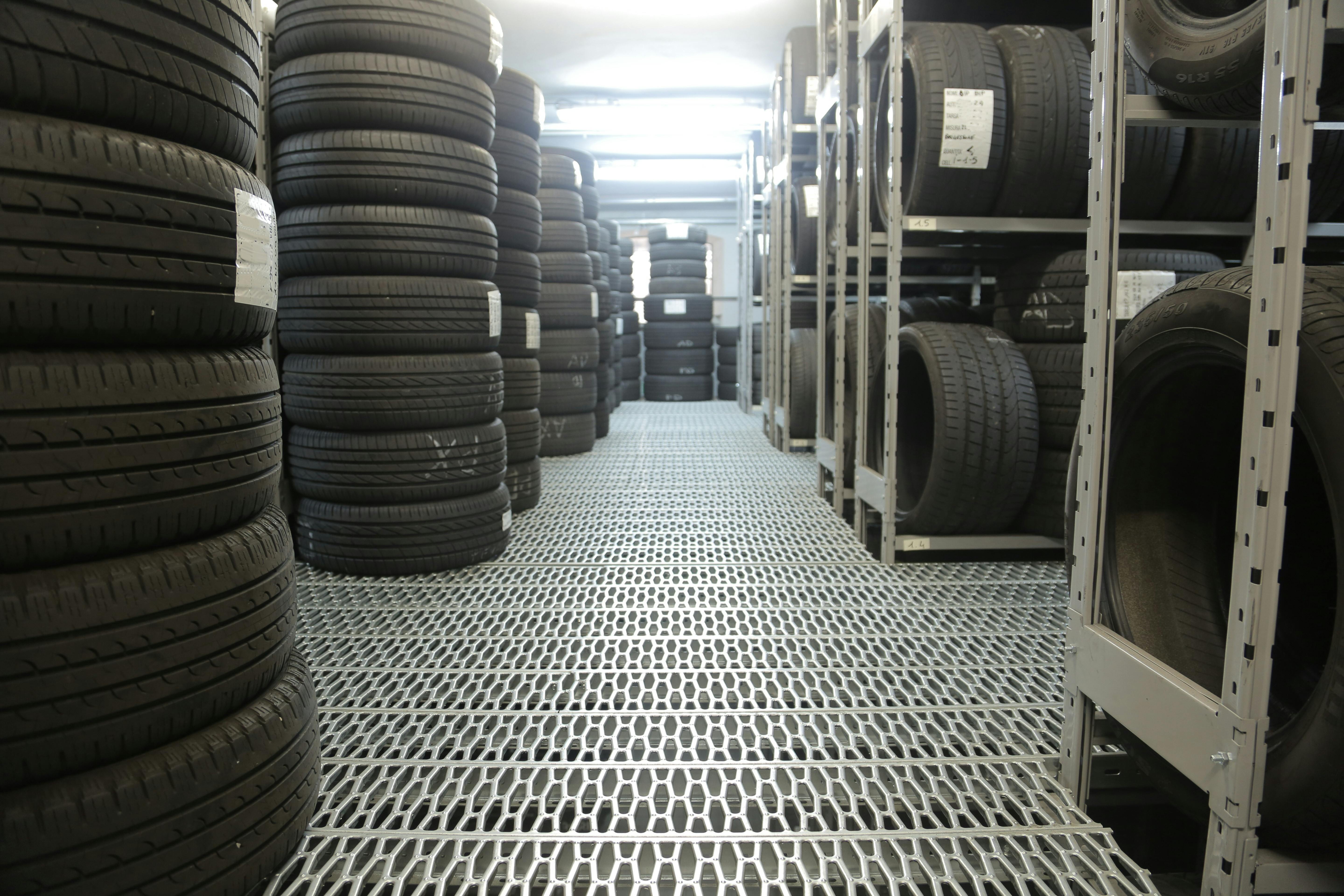Reinventing the Wheel: Delving into the Future of Tire Technology
Imagine a near future where tire blowouts are a thing of the past, replaced by smart tires that self-repair and adapt to changing road conditions. This isn't just a pipe dream: this is the future of tire technology, and it's closer than you might think.

Milestones in Tire Technology
Tires have come a long way from the early days of wooden wheels and solid rubber. The pneumatic tire, invented in the late 19th century, was a game-changer, offering a far smoother ride than its predecessors. The introduction of radial tire construction in the 1940s brought even more improvements, including better handling and fuel efficiency. But the tire industry didn’t stop there, and recent decades have seen a focus on optimizing tire performance and longevity, while also reducing their environmental impact.
The Future is Now: Intelligent Tires
The digital revolution is now reaching tires. Intelligent, or smart, tires are equipped with sensors that communicate real-time information to the driver or vehicle. This includes pressure, temperature, and even wear data, allowing for timely maintenance and prevention of unexpected blowouts. Furthermore, these smart tires can adapt to weather and road conditions, enhancing safety and performance.
Self-Healing Tires: The End of Blowouts?
One of the most exciting advancements in tire technology is the development of self-healing tires. Utilizing materials that can ‘flow’ to repair punctures, these tires promise to make roadside tire changes a thing of the past. However, there are challenges to be overcome, not least being the need to ensure that this self-healing process can work effectively at high speeds and under heavy loads.
Environmental Considerations and Sustainable Tires
Sustainability is a buzzword in many industries, and tire manufacturing is no exception. The production and disposal of tires have significant environmental impacts, leading to efforts to create more sustainable alternatives. This includes the development of tires made from renewable materials and the exploration of more environmentally friendly manufacturing processes.
Conclusion
While the future of tire technology promises exciting advancements, it also brings challenges. Balancing performance, safety, sustainability, and cost will be a delicate dance. But with the pace of technological innovation showing no signs of slowing, the tires of the future are sure to be a far cry from those we know today.





